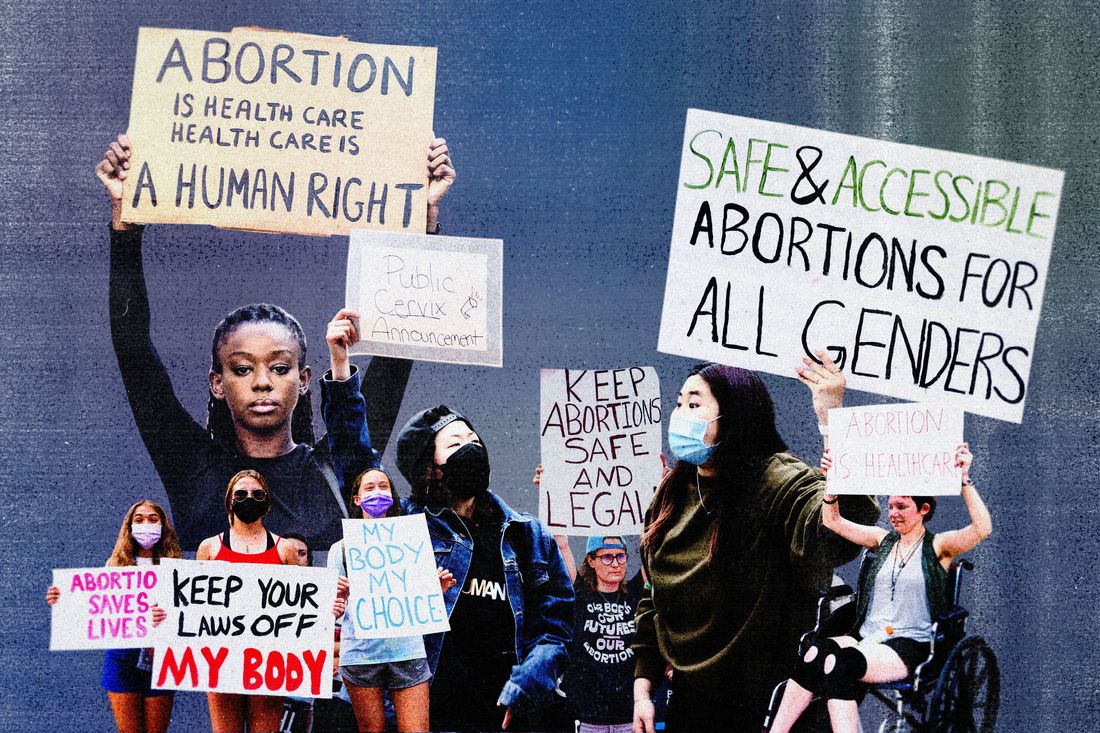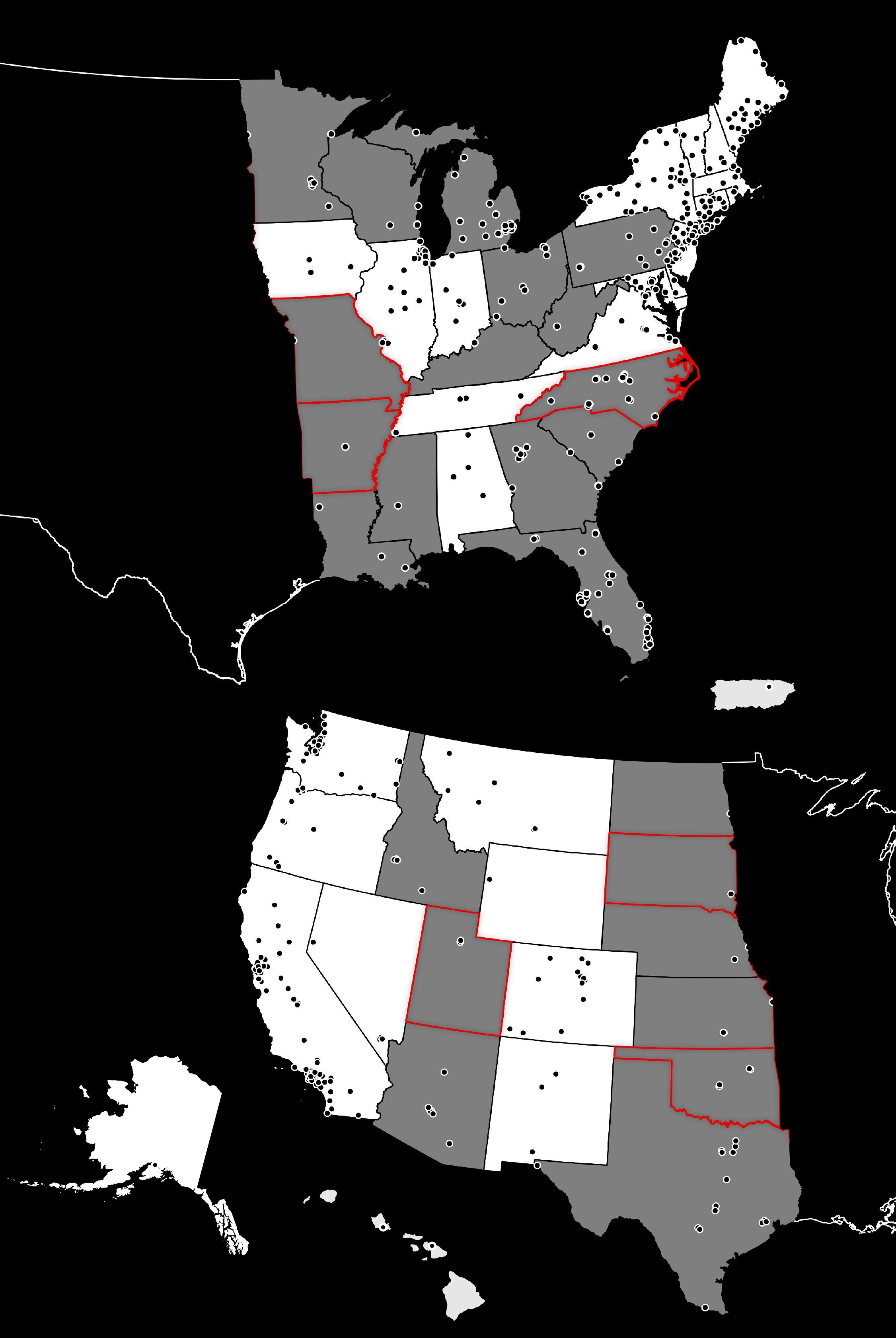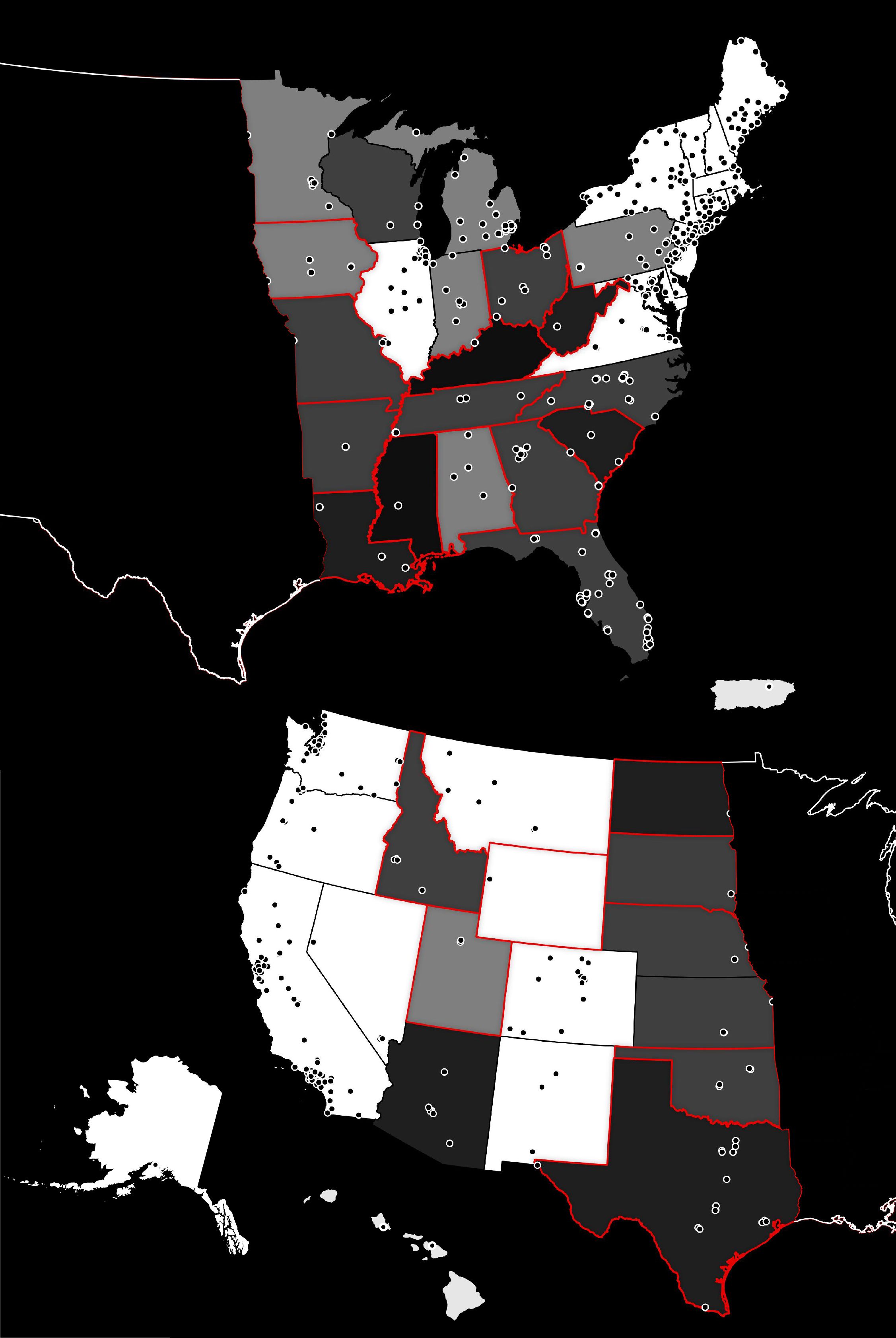
The Cut and New York Are Committed to Making This Information Accessible
We’ve removed our paywall from this and other stories about finding abortion care. Consider becoming a subscriber to support our journalism.
The legal right to abortion is likely to disappear in half the country in a matter of weeks. Abortion itself, and the need for it, will not, and never has. The question is what it will cost medically, financially — and criminally.
For guidance on where to find a clinic now, here is the Cut’s vetted database of abortion clinics, abortion funds, and other resources. To suggest updates, please click here.
In his leaked draft opinion demolishing Roe v. Wade, expected to be finalized in June, Justice Samuel Alito said abortion’s legality is not “deeply rooted in the nation’s history and traditions.” Abortion’s reality unquestionably is. “The historical record clearly shows that generations of women desired and needed abortions, and neither law nor church nor taboo could stop them,” Leslie Reagan writes in her definitive history, When Abortion Was a Crime. She quotes a doctor’s letter from 1888: “I am sure there is no comparison between the number of abortions committed by doctors and the number committed by women themselves,” he wrote. “They talk about such matters commonly and impart information unsparingly.”
America has always had a tradition of informal information sharing about how to end a pregnancy. Its embers have been kept alive by a network of grassroots organizers who not only were expecting Roe to fall but have already been working under barriers that belie this supposedly constitutional right.
The only good news now is that, in most cases, an abortion outside the blessing of the law no longer requires begging at the feet of a doctor or the often brutal, sometimes ineffective measures women took on their own before Roe: the infamous coat hanger, the consumption of toxic substances, a stranger with faked credentials. Nor will it bifurcate quite as it did in the ’60s, when wealthy, connected white women flew to countries like Japan and Sweden for abortions performed by doctors, while Black and brown women died in special hospital wards set up for septic abortion attempts. Modern pharma and the old-fashioned USPS now enable an early pregnancy to end safely at home — that is, if you can evade surveillance and law enforcement, which have already criminalized people, mostly women of color, for their pregnancy outcomes, even where abortion is technically legal. Others will need or prefer an in-clinic abortion in a state where legal abortion still stands; this magazine has a guide to those locations, too, as well as how to get help with travel, expenses, and even child care. Note that licensed medical providers in private practice may also perform abortions.
For all the hacksawing of rights the justices are poised to do, the First Amendment still exists, and for now it is understood to protect the sharing of information about abortion. What we’re offering here is not medical advice but a pathway to understanding your options and liabilities with a comprehensive guide to getting an abortion in the U.S. now. It will be regularly updated online to bring you the information you need.
The wreckage of Roe will cause unimaginable suffering. But what will also follow is a chance for people in places that believe in reproductive freedom to cast off some of its vestiges: its inherent medical paternalism, which Ruth Bader Ginsburg disdainfully referred to as “tall doctor and little woman needing his advice and care”; the racial and class disparities in public and private funding and movement leadership; the continuing invisibility of the lives of actual patients; and the half-century-long gap between Roe’s promise and its reality. It is, at least, a moment to see things clearly. —Irin Carmon
This post has been updated.
Abortion Access Now, and After Roe
Maps by Marcus Peabody. Reporting by Camille Squires and Alice Markham-Cantor.
Maps by Marcus Peabody


















